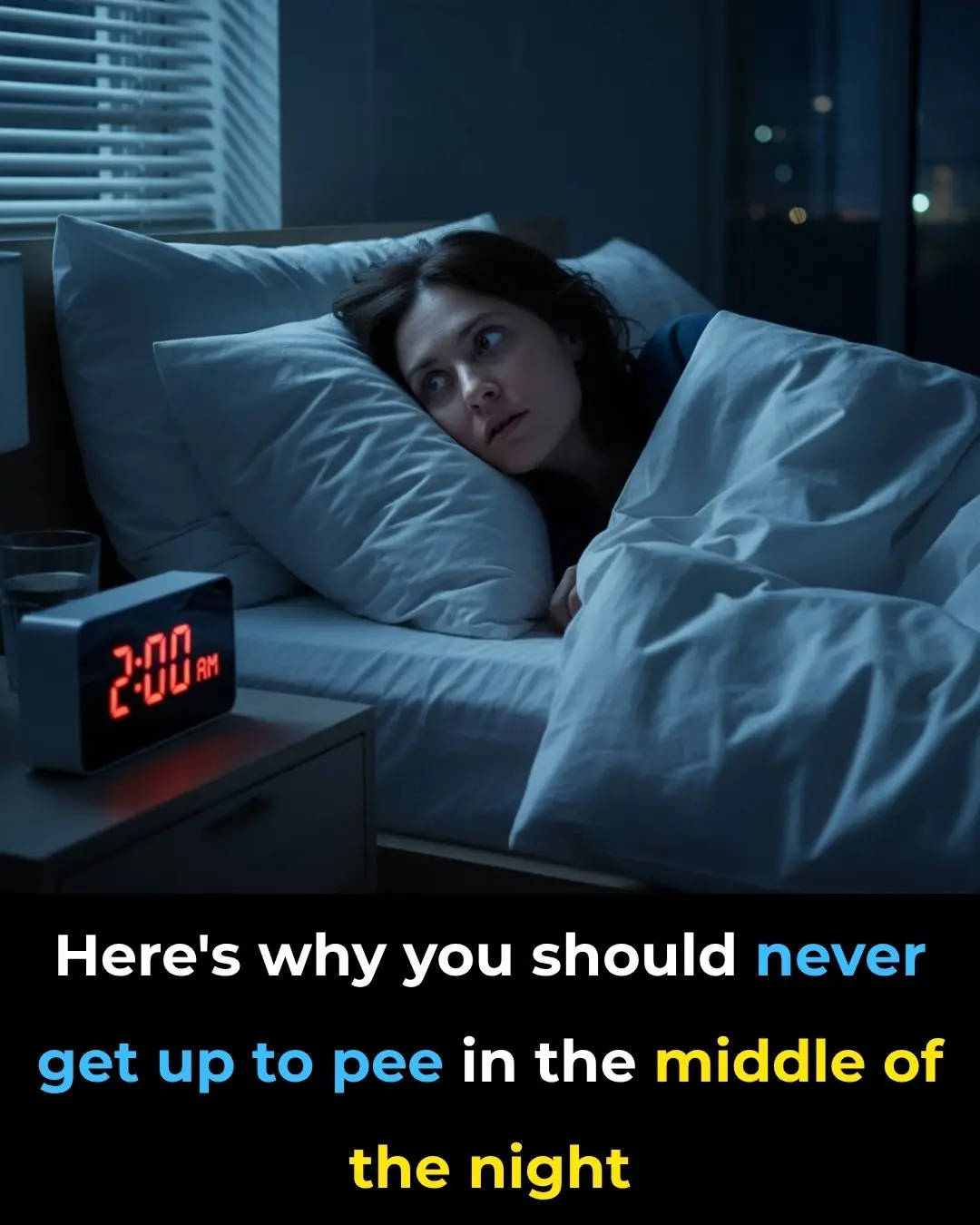
Recognizing Type 2 Diabetes Symptoms
Common symptoms of type 2 diabetes may include extreme thirst and frequent urination. You may also experience blurry vision, tiredness, and slow-healing cuts or wounds.
Many people with type 2 diabetes do not feel symptoms, especially if they’ve recently developed the condition after living with prediabetes.
Certain risk factors increaseTrusted Source the chances of developing T2D, and knowing that risk may help identify common diabetes symptoms early on. This can mean starting a care plan for better health, which can help preventTrusted Source long-term complications.
Consult your healthcare team if you regularly experience any of the above-mentioned symptoms. They may recommend diabetes testing, which is a basic blood draw. Routine diabetes screening normally starts when you reach 45 years old, or earlier if you have certain risk factors.
Learn more here about diagnosing type 2 diabetes and how that can help you be healthier.
Many people with T2D have obesity, but not all. This is a major risk factor for the condition. One of the hallmarks of T2D is high blood sugar, which can affect how you feel in several ways.
Frequent or increased urination
Elevated glucose levels force fluids from your cells. This increases the amount of fluid delivered to the kidneys. This makes you need to urinate more. It may also lead to dehydration.
Excessive thirst
As your tissues become dehydrated, you will become thirsty.
Increased thirst is another common diabetes symptom. The more you urinate, the more you need to drink, and vice versa.
Fatigue
Feeling worn down is another common symptom of diabetes. Glucose is normally one of the body’s main sources of energy. When cells cannot absorb sugar, you can become fatigued or feel exhausted.
Blurred vision
In the short term, high glucose levels can cause a swelling of the lens in the eye. This leads to blurry vision. Getting your blood sugar under control can help correct vision problems. If blood sugar levels remain high for a long time, other eye problems can occur.
Recurring infections and sores
Elevated glucose levels may make it harder for your body to heal. That means injuries like cuts and sores stay open longer, and it makes them more susceptible to infection.
Learn more about other symptoms you may experience with type 2 diabetes.
Yes, you can experience low blood sugar (hypoglycemia). These can be dangerous if not treated and could quickly become medical emergencies requiring immediate care.
For people with type 2 diabetes, those on glucose-lowering medications or insulin are at the most risk for low blood sugar.
Low blood sugar symptoms that you may notice include:
It is important to check with your doctor if you are having any symptoms of type 2 diabetes.
While you can slow or even put T2D into a state of remission where you don’t need medications or experience any symptoms, you can’t reverse this condition to make it completely go away.
For those diagnosed with type 2, if left untreated or not effectively managed, it can lead to serious health concerns and long-term damage to your body.
Possible effects of undiagnosed diabetes
People may not notice that they have high blood sugar levels because they don’t feel any symptoms. But over time, high blood sugar levels can lead to long-term complications, including:
- a higher risk for heart disease
- foot complications
- nerve damage
- eye diseases
- bladder infections
- kidney disease
You might adjust your eating habits, revise your physical activity routine, monitor your weight management, and monitor the effects of medications you take for blood sugar levels or other health conditions.
Some people may be able to stop taking T2D meds if they’ve already been taking them.
Common symptoms of type 2 diabetes may include extreme thirst and increased urination. However, some people don’t experience any symptoms, especially at first.
Long-term effects of higher blood sugars can damage parts of your body, including the heart, eyes, nerves, and other organs.
That is why it is best to recognize the symptoms early on. Then, you can work with your healthcare team to develop a diabetes care plan to manage the condition and help relieve — even reverse — some of those symptoms.
Want to know more about managing type 2 diabetes?
After you’ve been diagnosed with type 2 diabetes, you may work with your healthcare team to develop a care plan. Find out more about ways to manage your condition, certain medications that could help manage symptoms, and what life with T2D may be like for you.
News in the same category

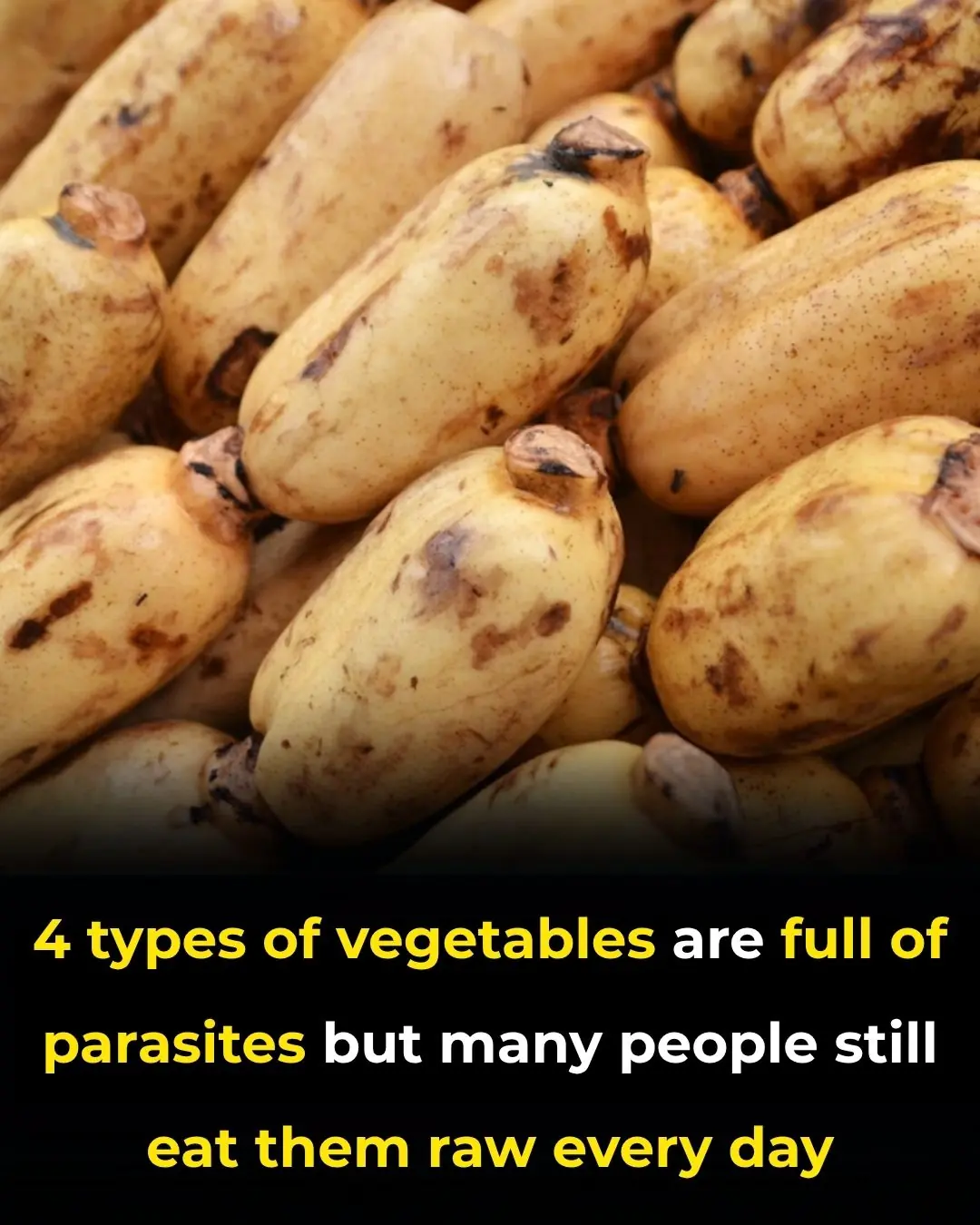
4 types of vegetables are full of parasites but many people still eat them raw every day
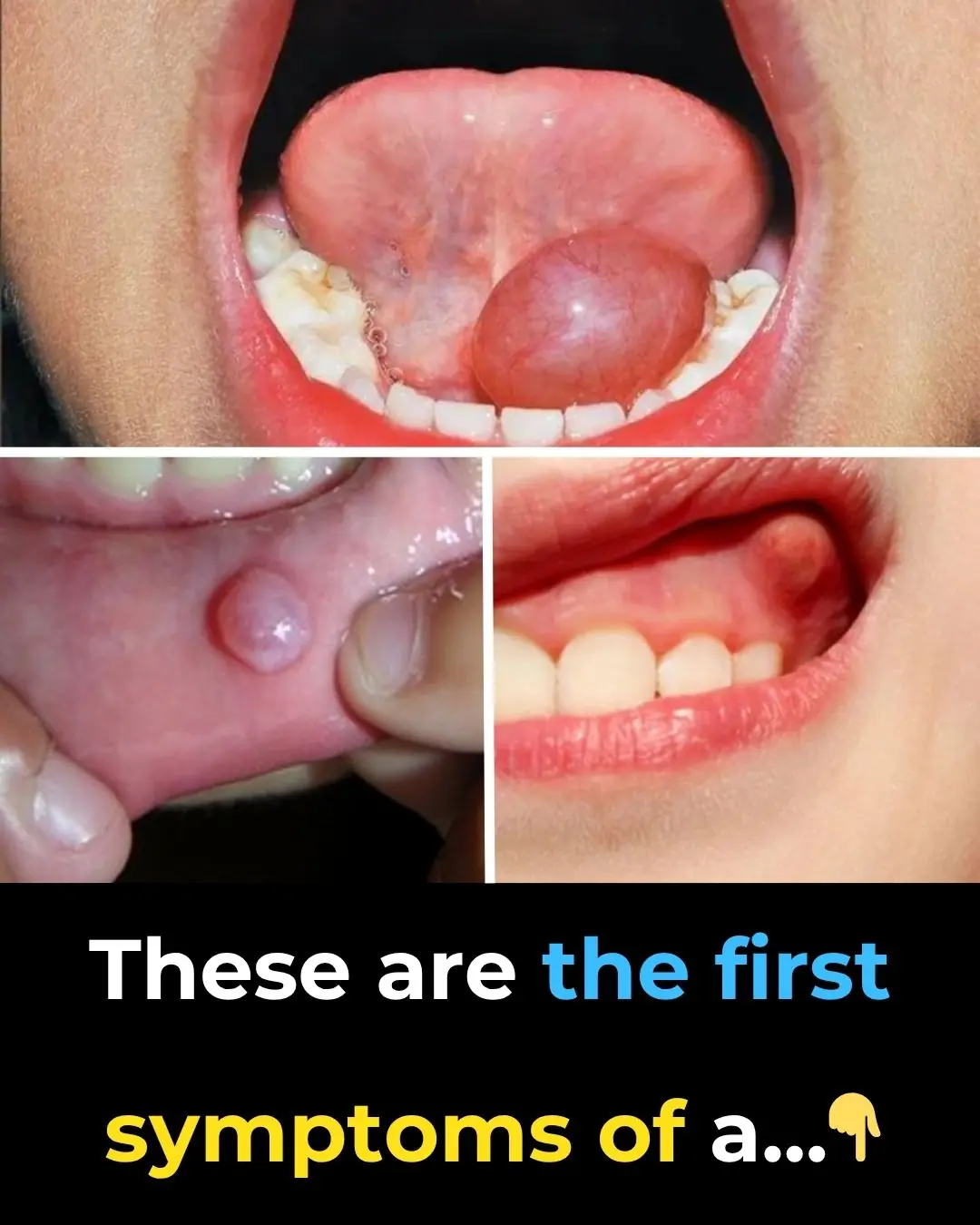
Hidden Dangers in Your Mouth: Early Signs of Oral Cancer
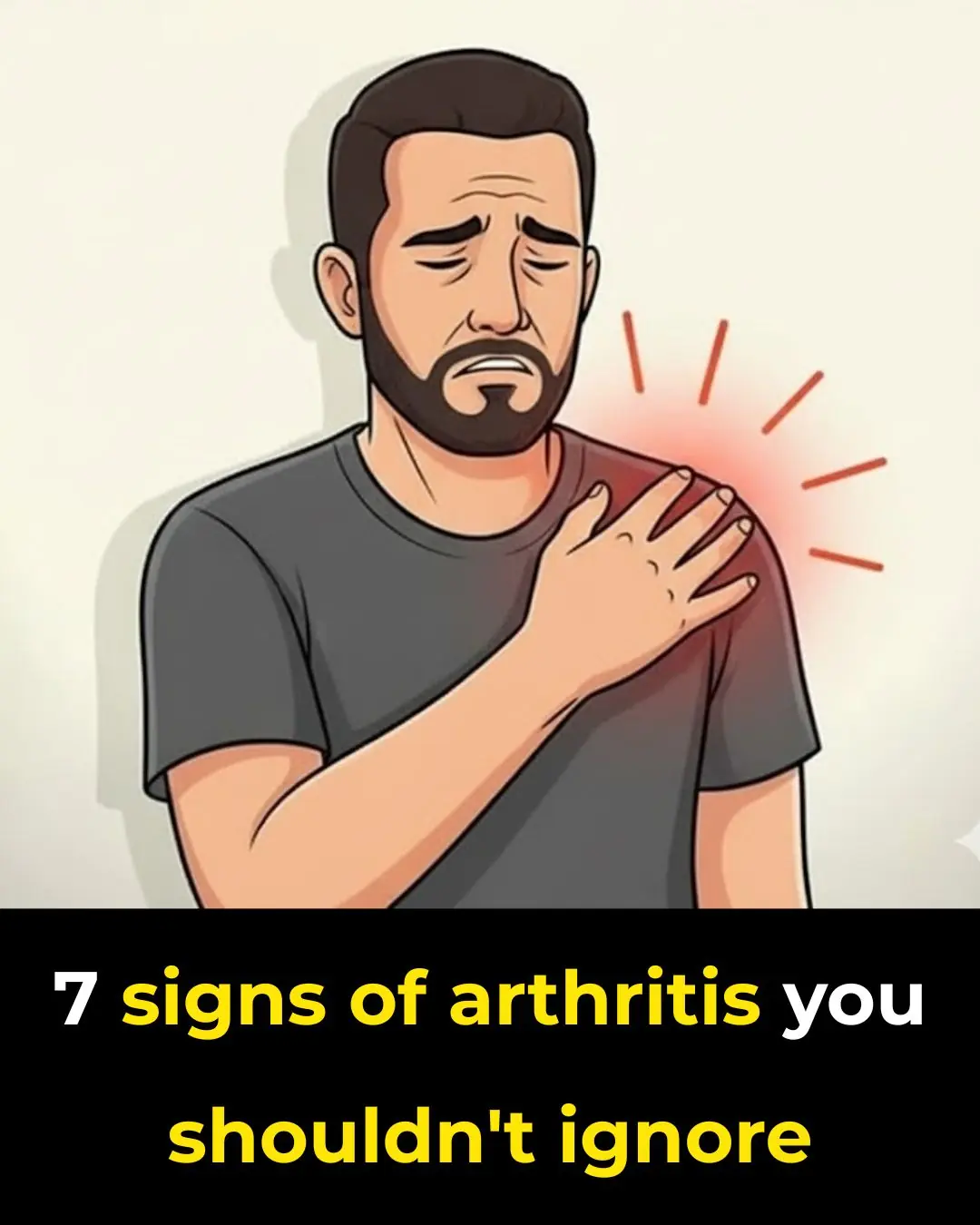
7 Signs of Arthritis You Shouldn't Ignore
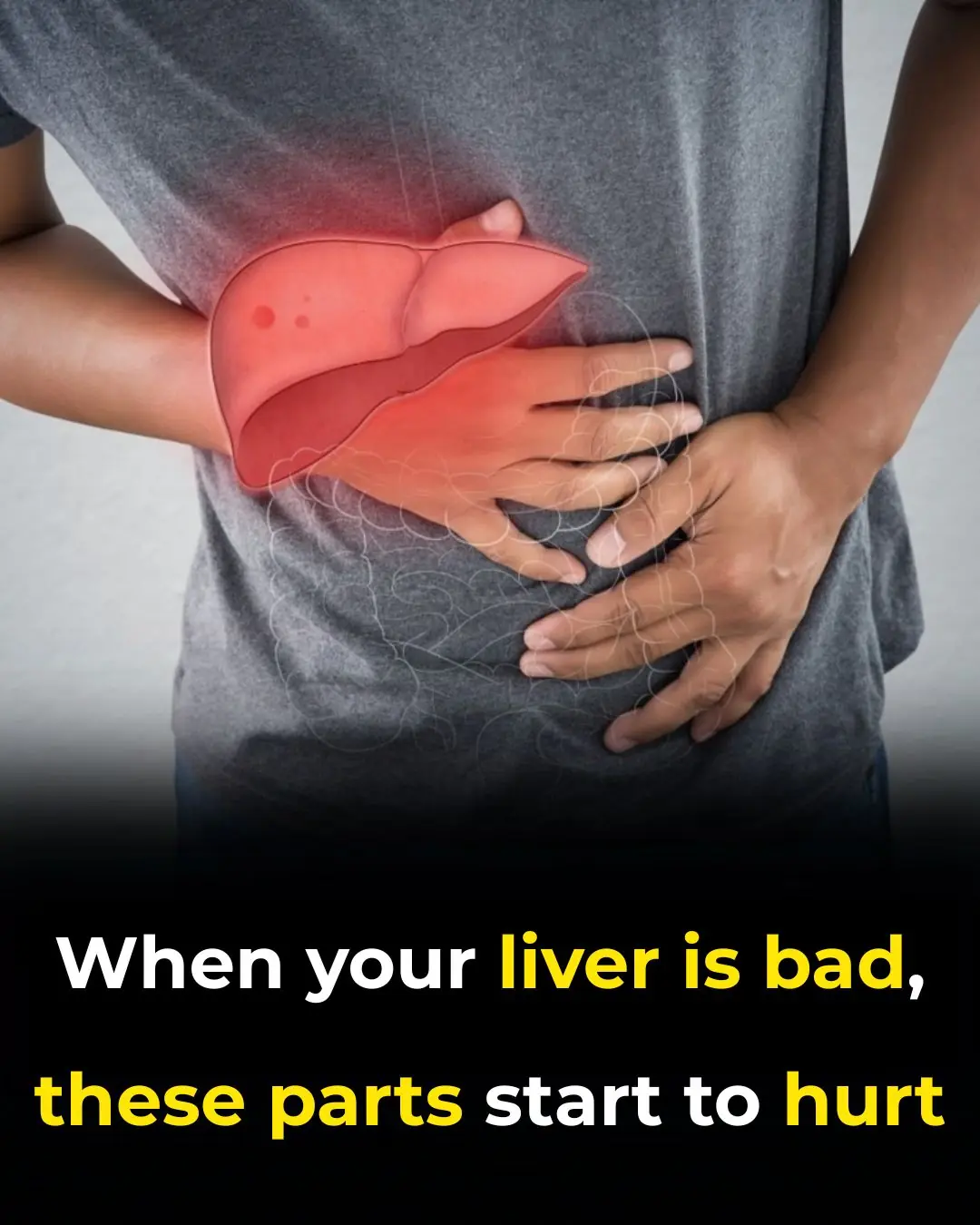
When your liver is bad, these parts start to hurt
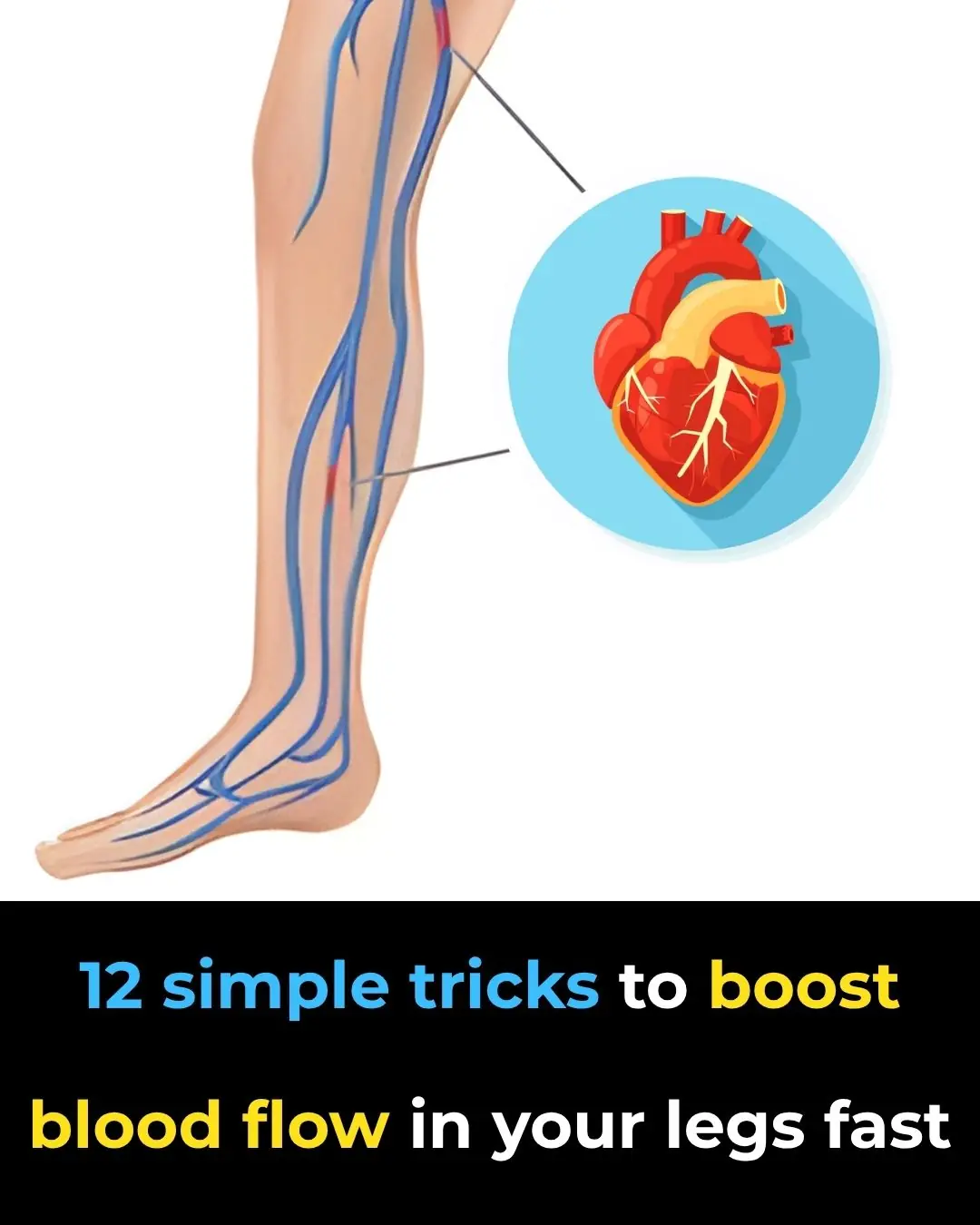
Top 12 ways to quickly improve blood circulation in legs
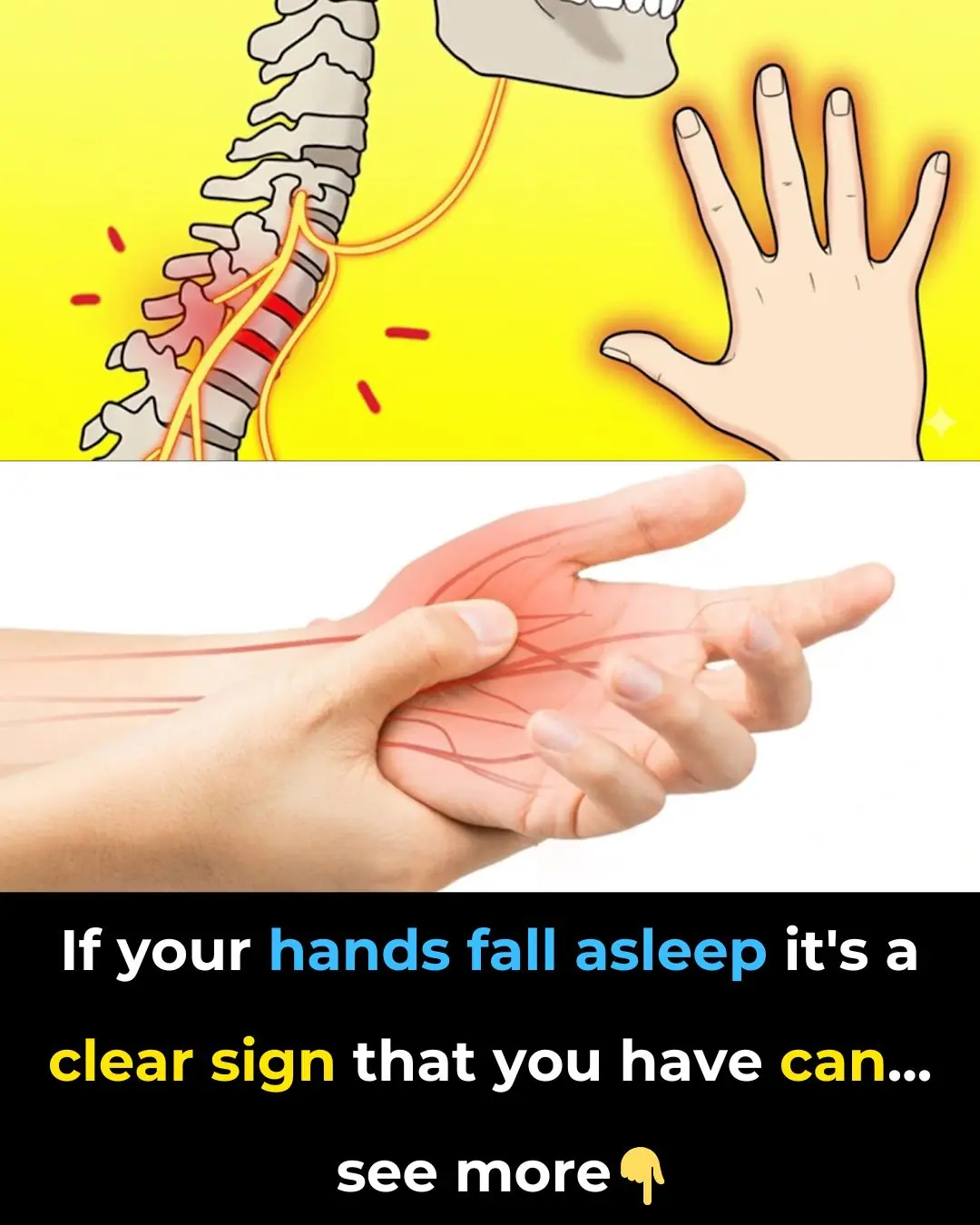
Tingling Sensation In Your Body: Why Does It Happen
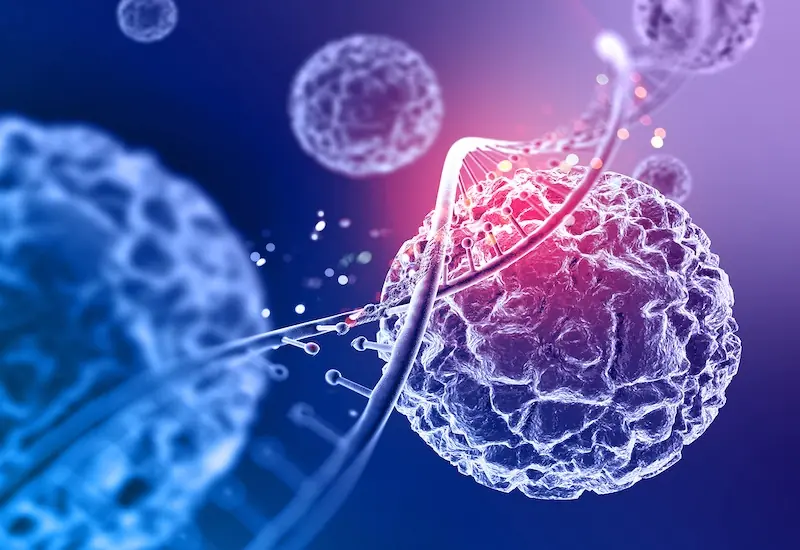
5 Breast Cancer Signs You’ve Never Heard Of — But Shouldn’t Ignore
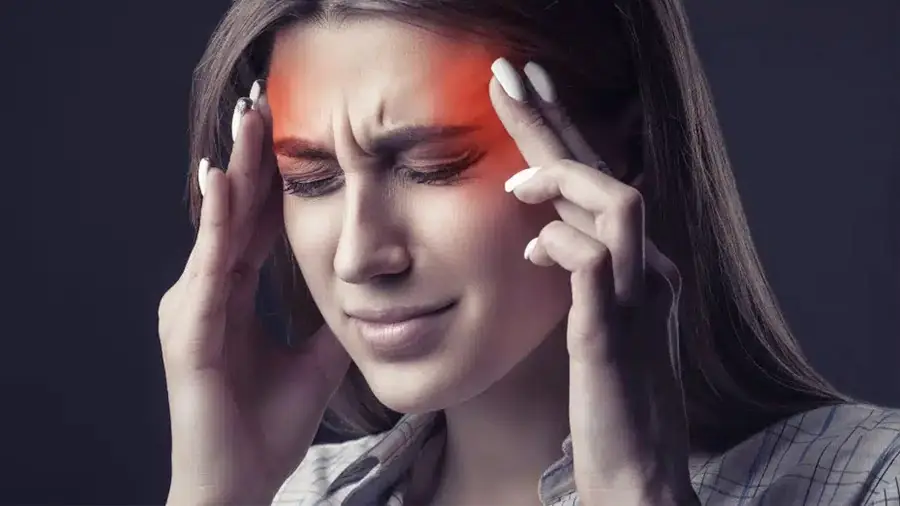
YOUR BODY’S SCREAMING FOR HELP — DON’T IGNORE THESE HIDDEN DEFICIENCY SIGNS
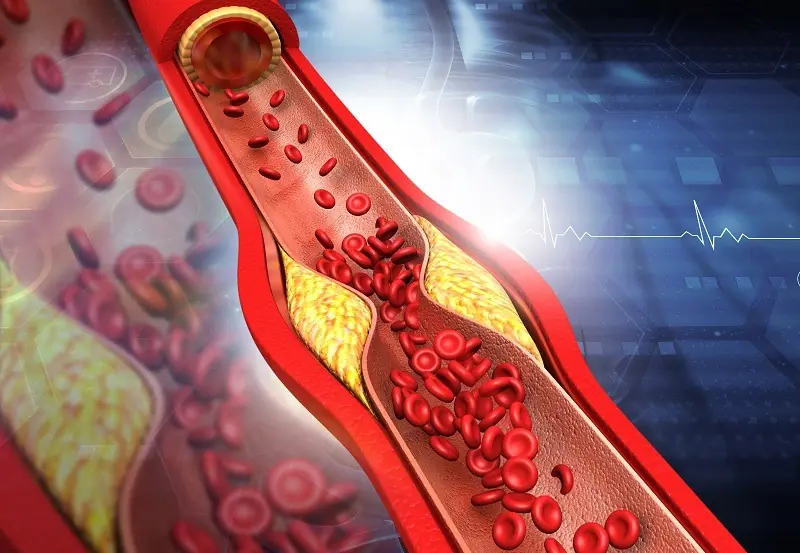
SUBTLE WARNING SIGNS OF CLOGGED ARTERIES AND HOW TO UNCLOG THEM NATURALLY

Scientists have just uncovered a game-changing reason to eat an egg every day

What Happens If You Eat 4 Whole Eggs a Day for 30 Days?

The Most Powerful Anti-Cancer Food You’ve Probably Never Tried

How to Use Frozen Lemon to Help Combat Malignant Tumors in the Body

Vitamin K2: The Underrated Nutrient That Protects Your Heart and Arteries
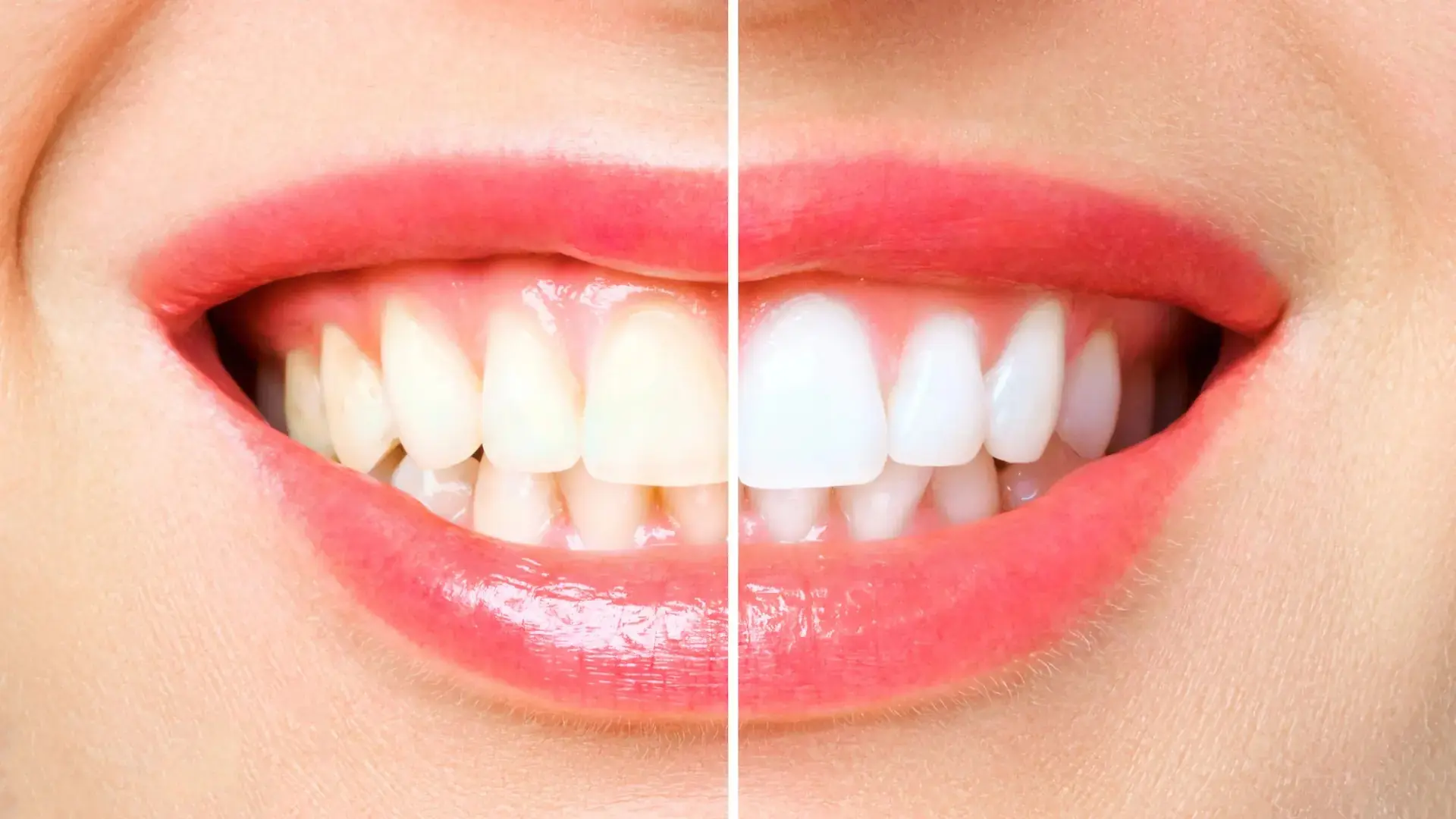
DENTISTS HATE HOW SIMPLE THIS TEETH WHITENING HACK IS

What Happens to Your Body When You Stop Eating
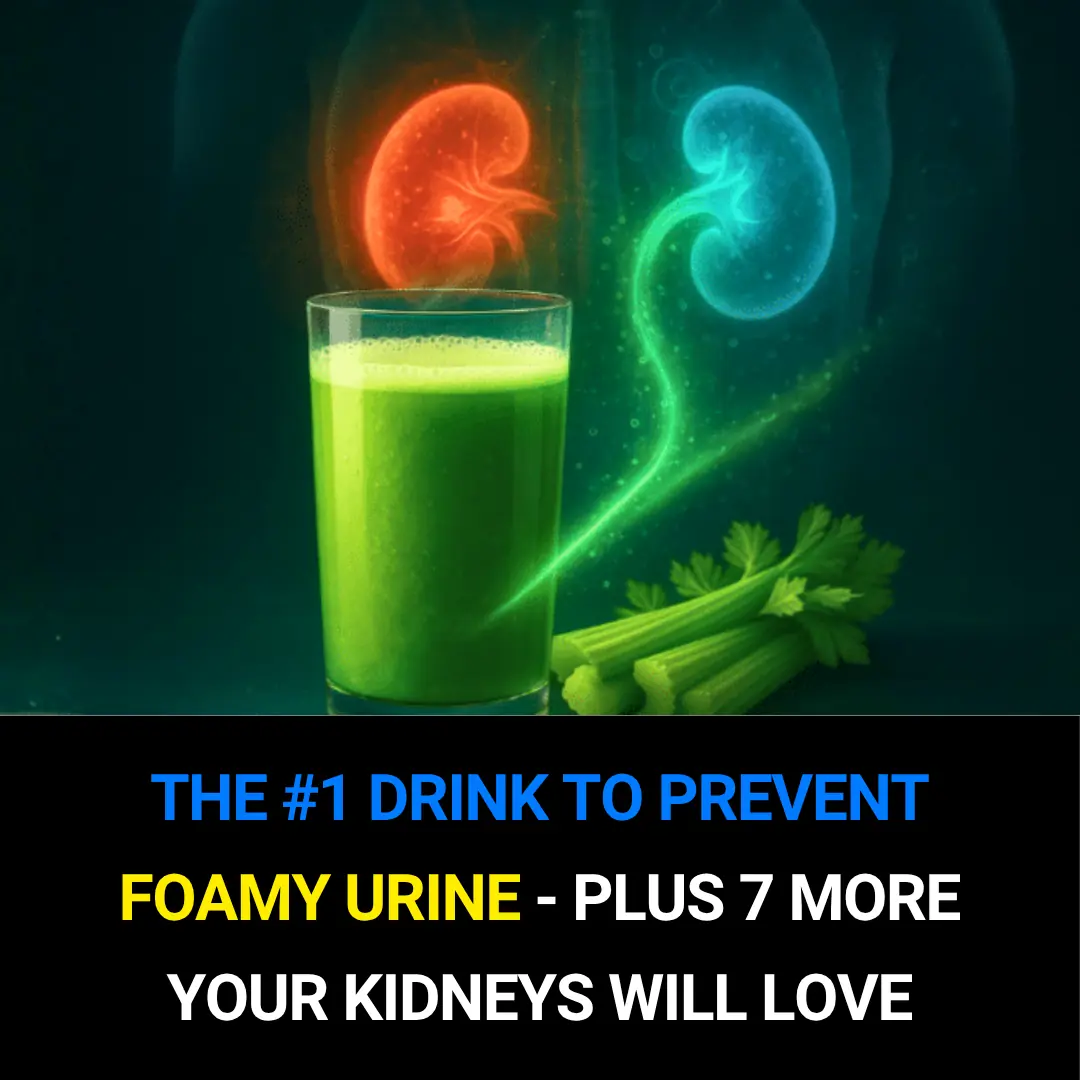
The #1 Drink to Prevent Foamy Urine — Plus 7 More Your Kidneys Will Thank You For
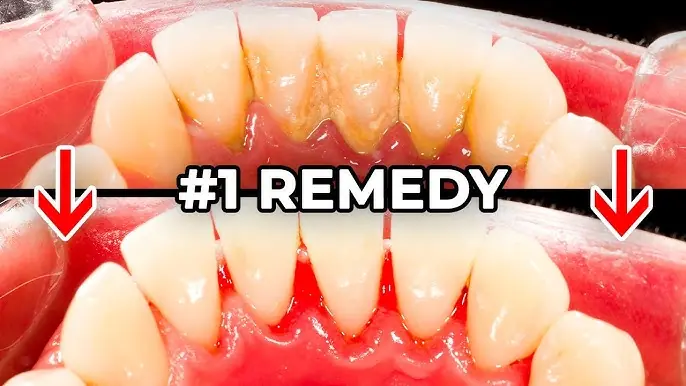
The #1 Most Effective Remedy for Dental Plaque (And How to Beat Tartar at Home)

JUST 1 CUP FLUSHES POUNDS OF TOXIC WASTE
News Post

What Does It Mean When the Departed Visit Our Dreams?

Shaq’s Son Shaqir Pulls a $130K Stunt at Dad’s Expense. Here’s What He Did
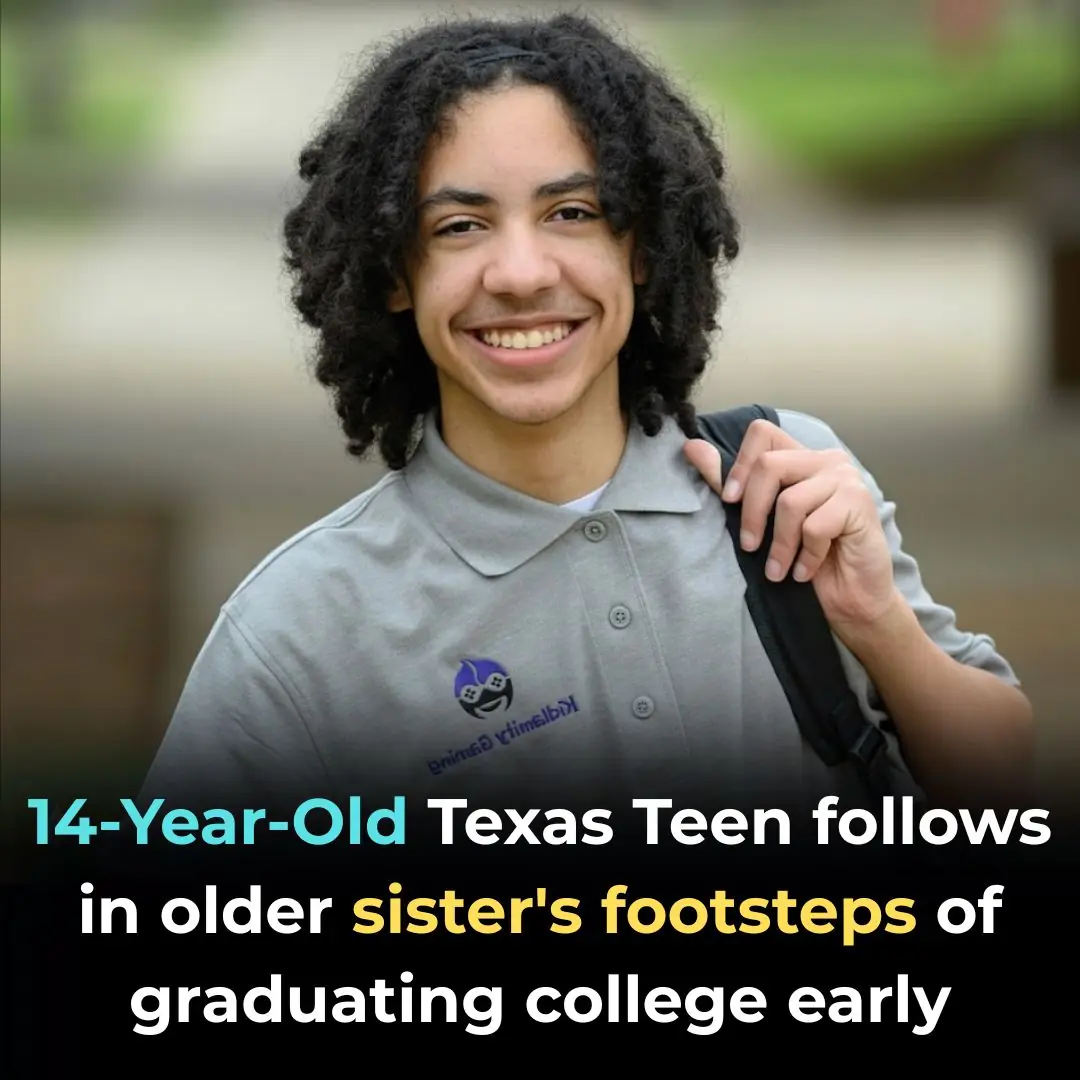
14-Year-Old Texas Teen Follows In Older Sister’s Footsteps Of Graduating College Early

A Father’s Love on the Open Road: Celebrating a Birthday Without Cake, But With Heart

Heroic Connecticut Teen Rescues Mother and Three Children From A Burning Car

Black-Owned Social Platform ‘SPILL’ Launches Equity Crowdfunding Round for Users
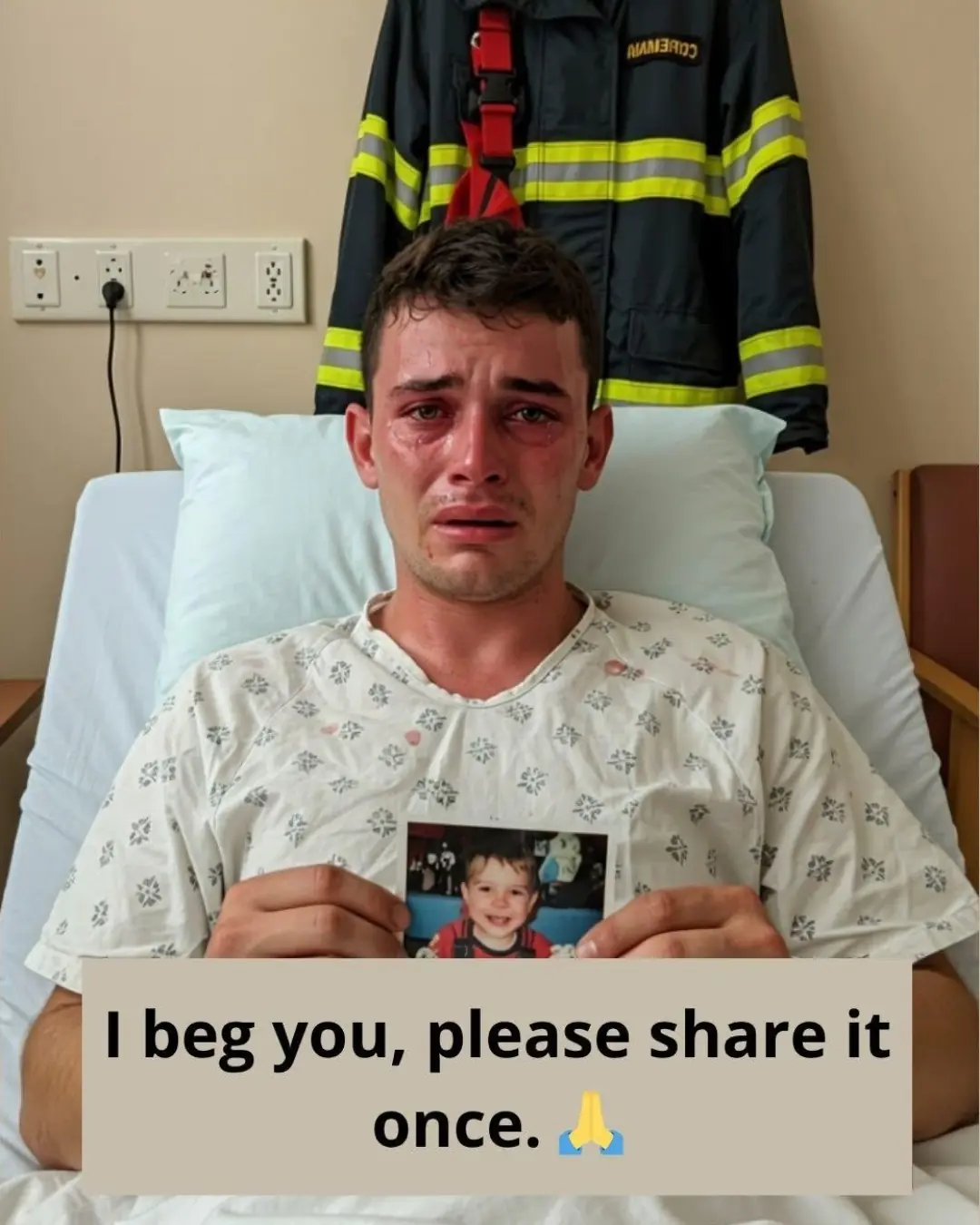
Antonio: The Firefighter Who Paid the Price of Courage

11-Year-Old Uses Money From Lemonade Stand To Donate 22,000 Diapers To Single Mothers

This 102-Year-Old WWII Veteran Just Crossed Skydiving Off Her Bucket List

The Diver and His Shark: A Friendship Beneath the Waves

8-Year-Old Choreographs His Own Ballet Recital After His Was Cancelled

8 Little Miracles Starting from One Drop of Balm (Menthol/Oil) — Many People Have It but Don’t Know How to Use It
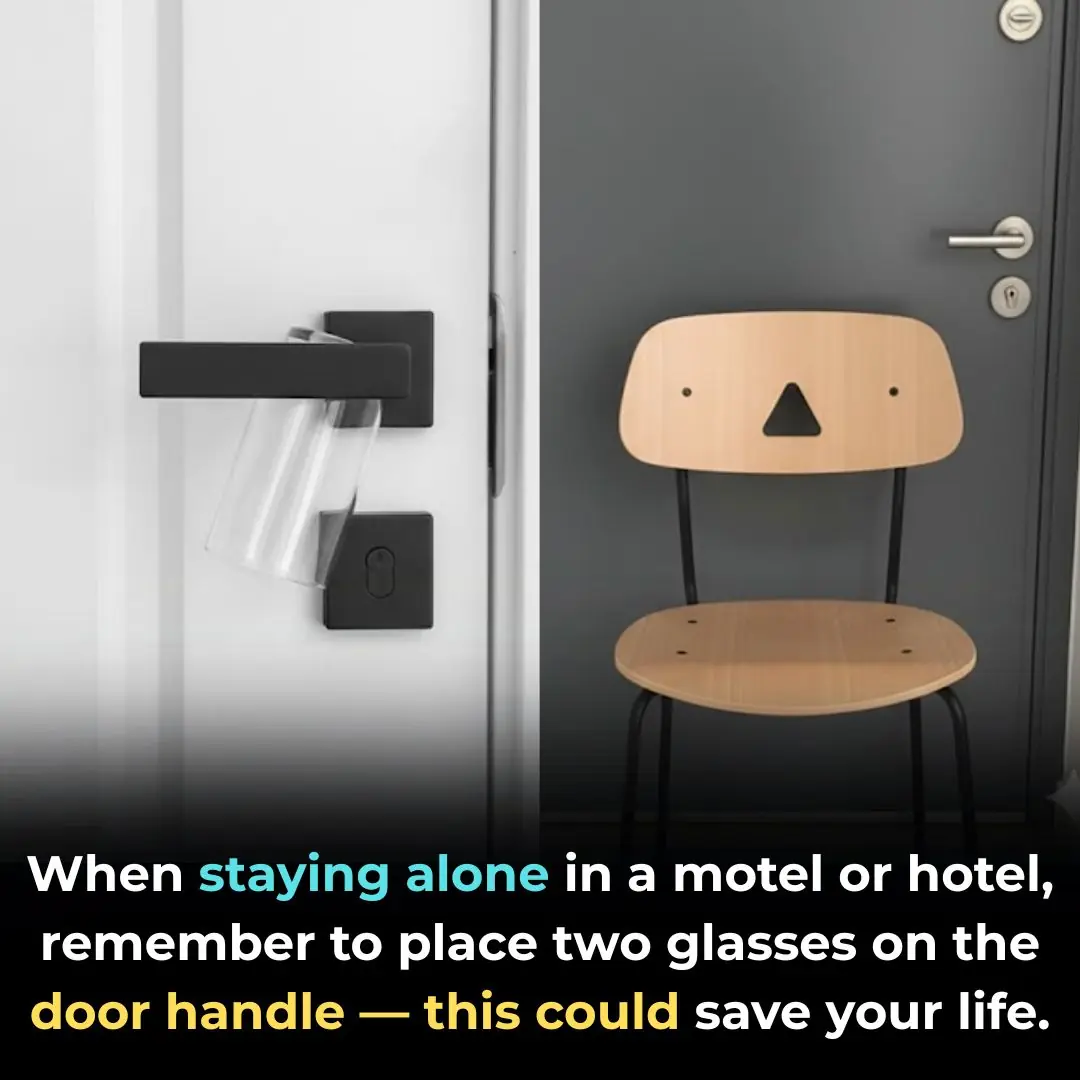
Place Two Cups at Your Hotel Door — It Brings a Special Benefit Everyone Should Try

Don’t Use a Whetstone! Try This Simple Trick to Make Your Dull Scissors Sharp as New

If You See These 4 Signs in Bean Sprouts, Don’t Bring Them Home — No Matter How Cheap!

3 Fish Hailed as “Underwater Ginseng”: Delicious – Nutritious – Affordable — See Them at the Market? Don’t Hesitate to Buy

Doctors Identify “Culprits”: 6 Everyday Food Groups That Mothers Feed Their Kids — Pay Close Attention!
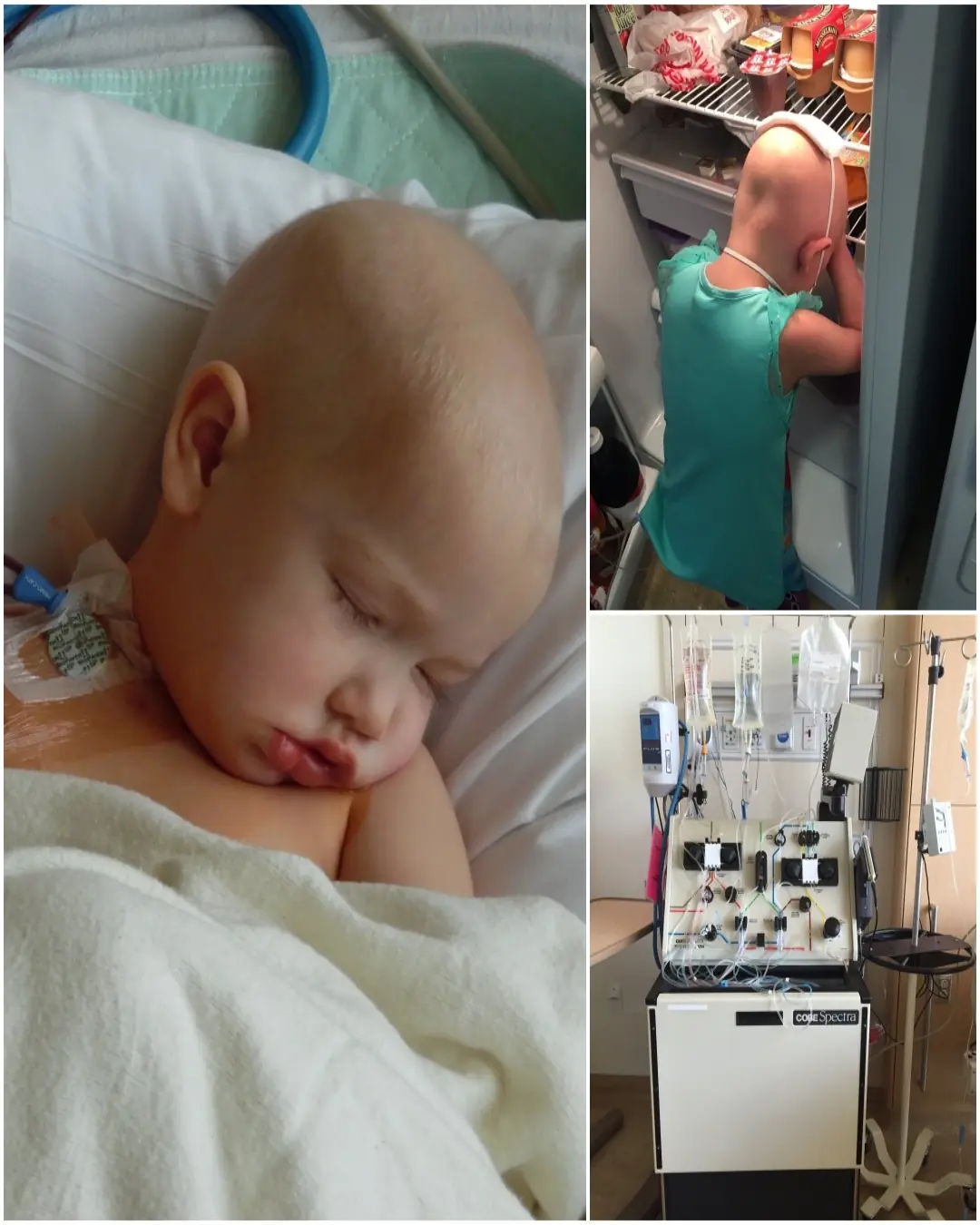
Ten Years Later: Alice’s Stem Cell Rescue and the Fight for Better Childhood Cancer Treatment
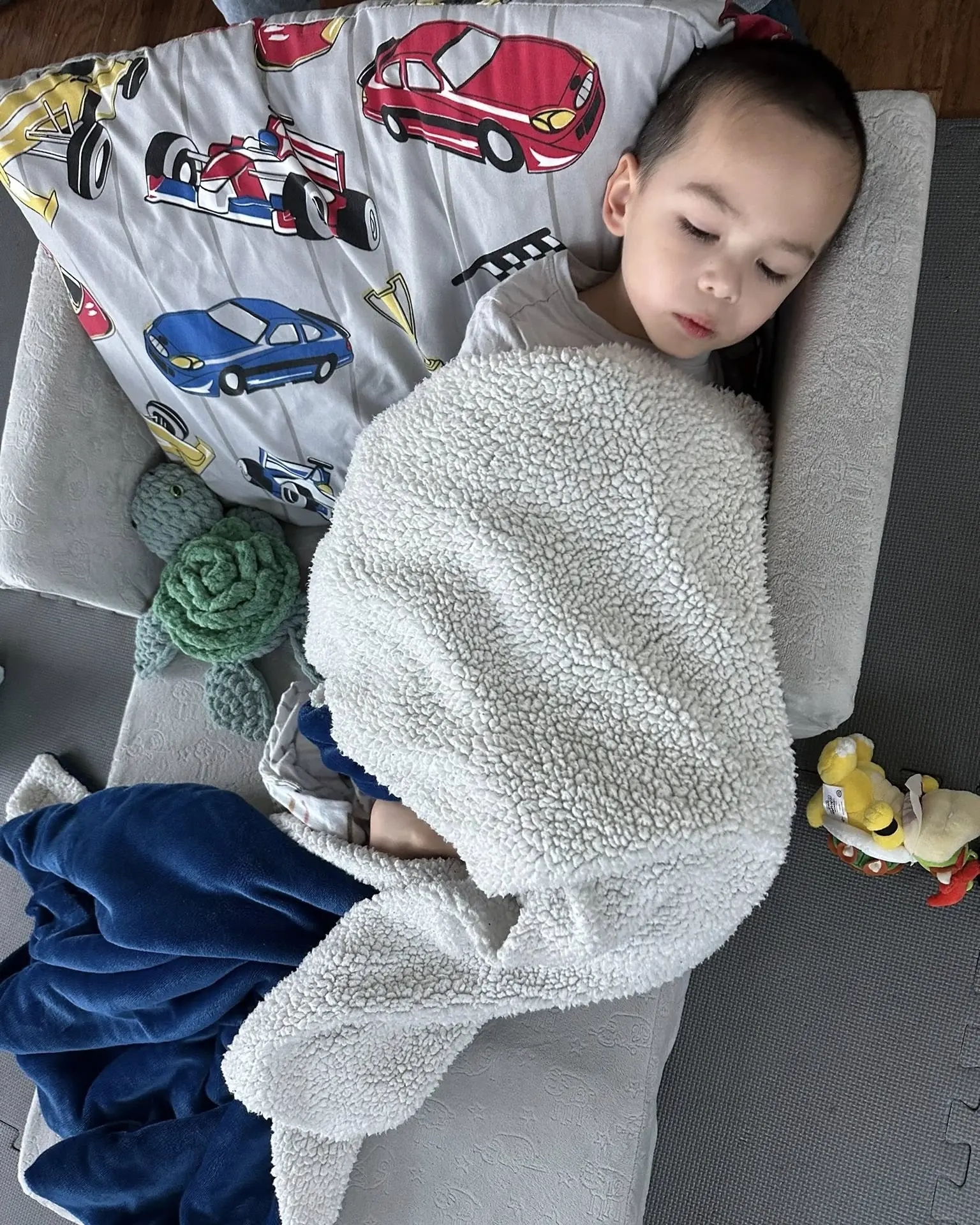
Caspian’s Setback: A Hard Day in the Fight Against Illness
